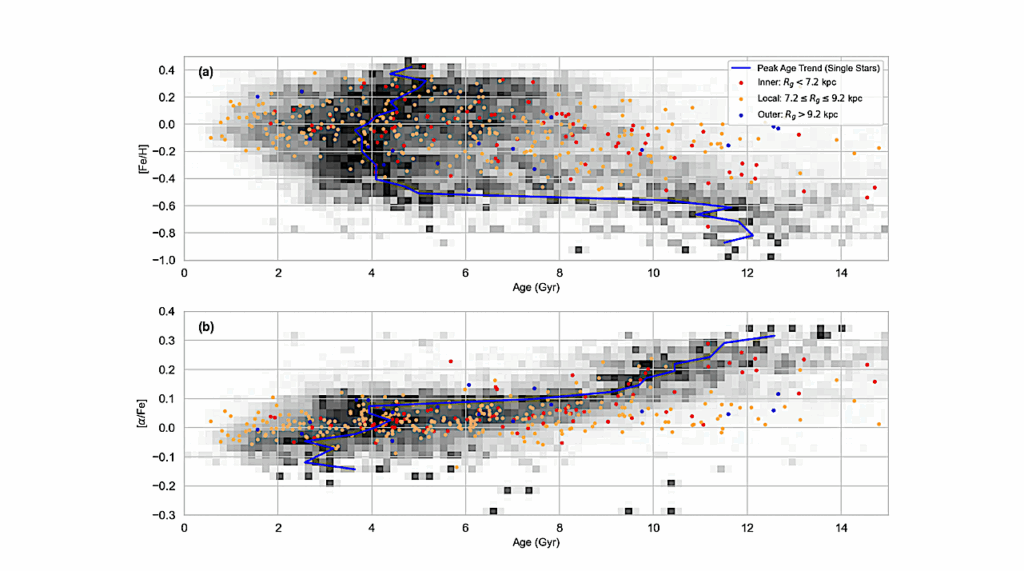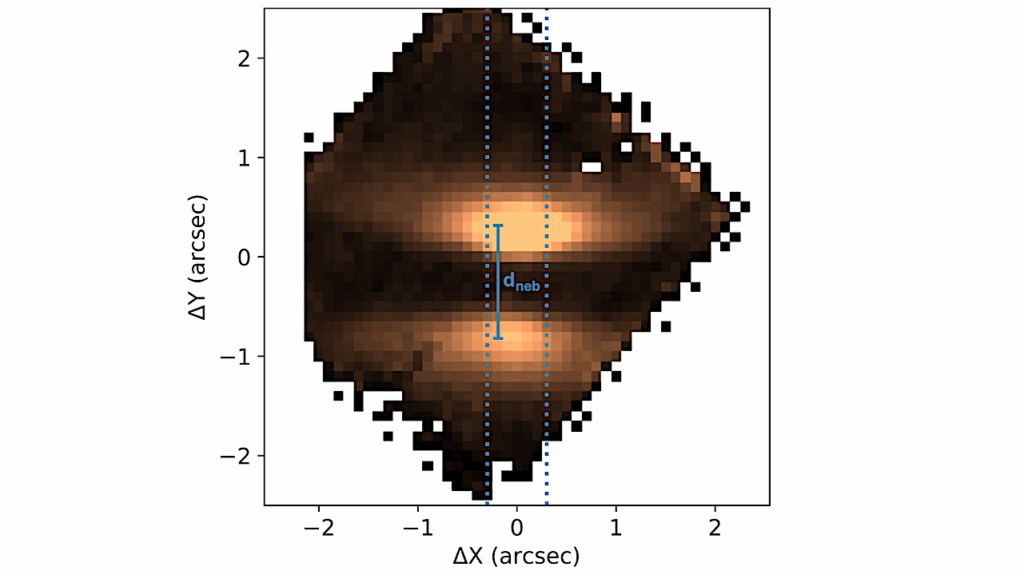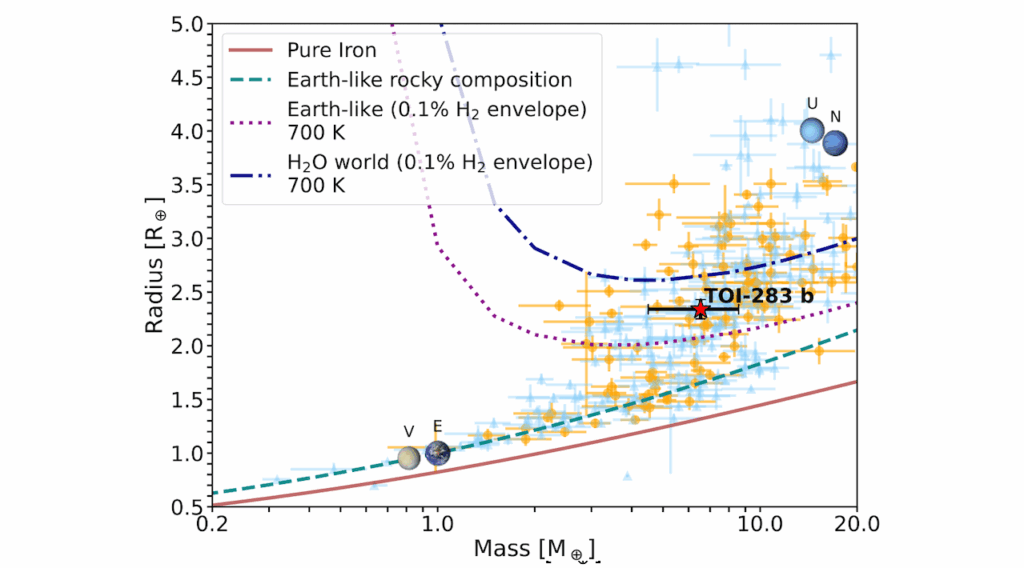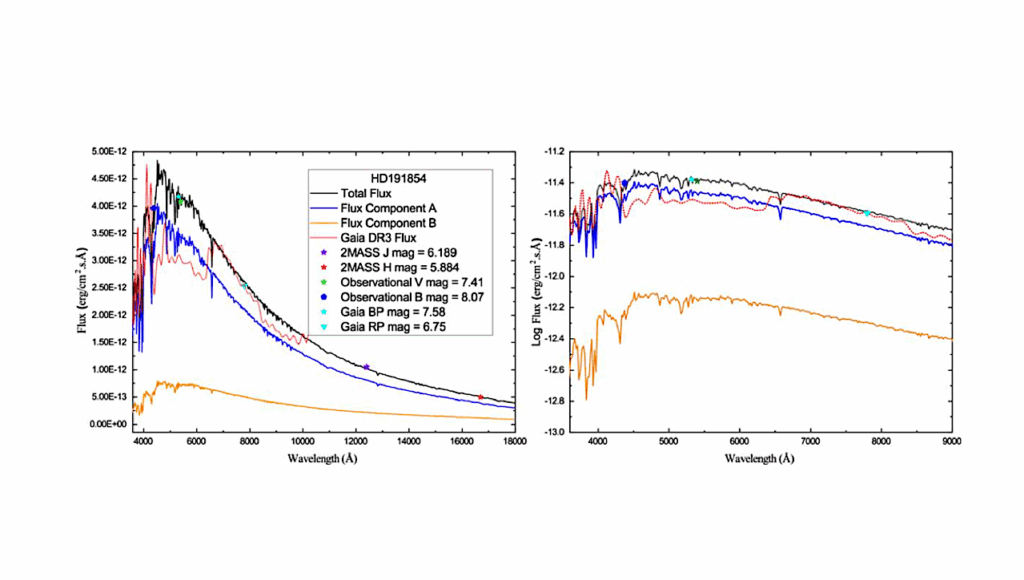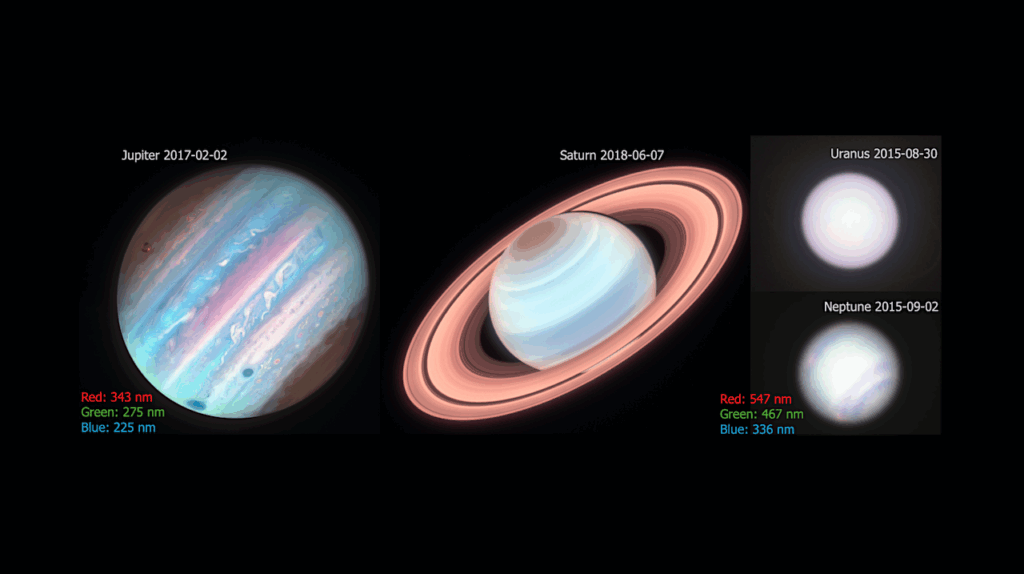Terrestrial Planet Formation in the Presence of Migrating Super-earths

Super-Earths with orbital periods less than 100 days are extremely abundant around Sun-like stars. It is unlikely that these planets formed at their current locations.
Rather, they likely formed at large distances from the star and subsequently migrated inward. Here we use N-body simulations to study the effect of super-Earths on the accretion of rocky planets.
In our simulations, one or more super-Earths migrates inward through a disk of planetary embryos and planetesimals embedded in a gaseous disk. We tested a wide range of migration speeds and configurations. Fast-migrating super-Earths (mig0.01-0.1 Myr) only have a modest effect on the protoplanetary embryos and planetesima\rls.
Sufficient material survives to form rocky, Earth-like planets on orbits exterior to the super-Earths’. In contrast, slowly-migrating super-Earths shepherd rocky material interior to their orbits and strongly deplete the terrestrial planet-forming zone. In this situation any Earth-sized planets in the habitable zone are extremely volatile-rich and are therefore probably not Earth-like.
Andre Izidoro, Alessandro Morbidelli, Sean N. Raymond (Submitted on 6 Aug 2014)
Comments: Accepted for publication in The Astrophysical Journal
Subjects: Earth and Planetary Astrophysics (astro-ph.EP)
Cite as: arXiv:1408.1215 [astro-ph.EP] (or arXiv:1408.1215v1 [astro-ph.EP] for this version)


